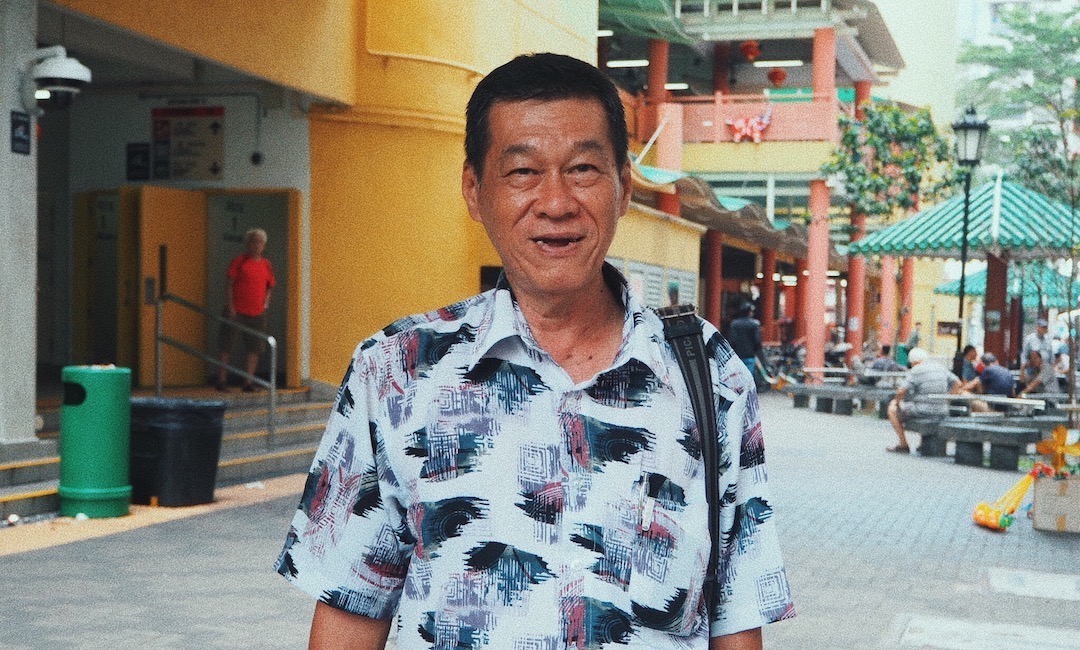As a teenager, a lot of my energy was spent caring about what people thought of how I dressed. Accordingly, I used to feel embarrassed that my own father didn’t put in any effort into his attire.
He was perfectly happy in khaki pants, an oversized polo t-shirt that was a souvenir from a ramen shop, and clunky Velcro-strapped sandals.
I never understood why he insisted on wearing and buying only ‘ugly’ clothes like those from Giordano and Bossini. He wasn’t even 60 then, but he’d already fully embraced grandpa fashion. And I, as an impressionable and status conscious teenager, was at my wit’s end.

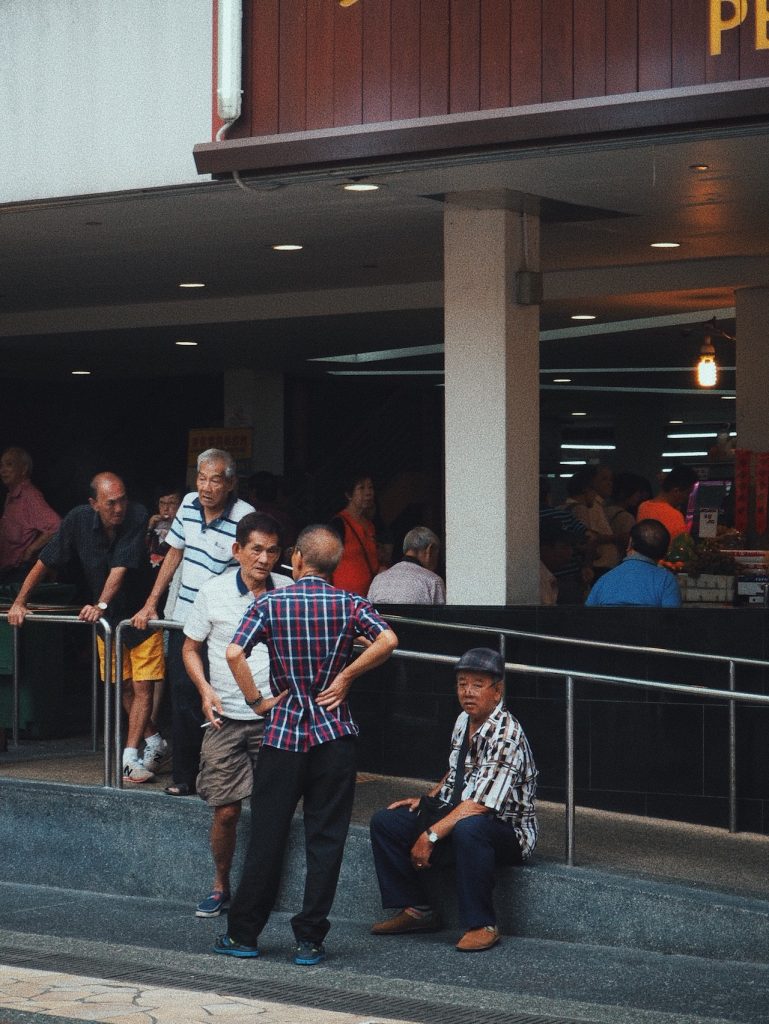
They can be seen sitting at benches smoking cigarettes while reading their newspapers, playing chess next to the Buddha Tooth Relic Temple, or engaging in conversation over cups of kopi at the food centre. Some gather in small groups outside People’s Park Complex, watching hoards of tourists stream from the MRT station into OG.
Yet no matter what they’re doing, they always seem to dress the same way.
If you’ve grown up in Singapore, or have lived here for a considerable amount of time, the previous sentence should already conjure up a specific mental image.


The occasionally fashion-conscious ah pek might manage to pull off a bold and colourful printed shirt that would put GQ cover stars to shame. Otherwise, a plain shirt is de rigueur.
On their feet, slippers or loafers are common, the latter of which is usually black or brown. A few have also taken to wearing knock-off sneakers, from Nike to New Balance—a byproduct of the athleisure trend that millennials and Generation-Z adore.
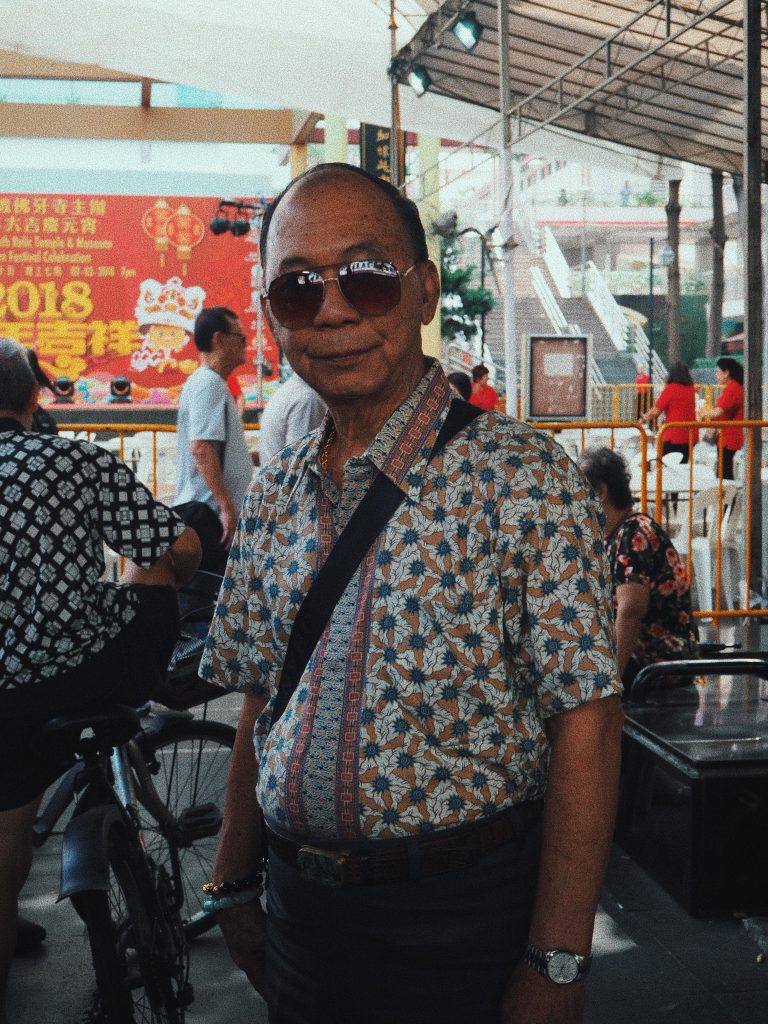

This is probably why saying someone “dresses like an ah pek” is often regarded as an insult.
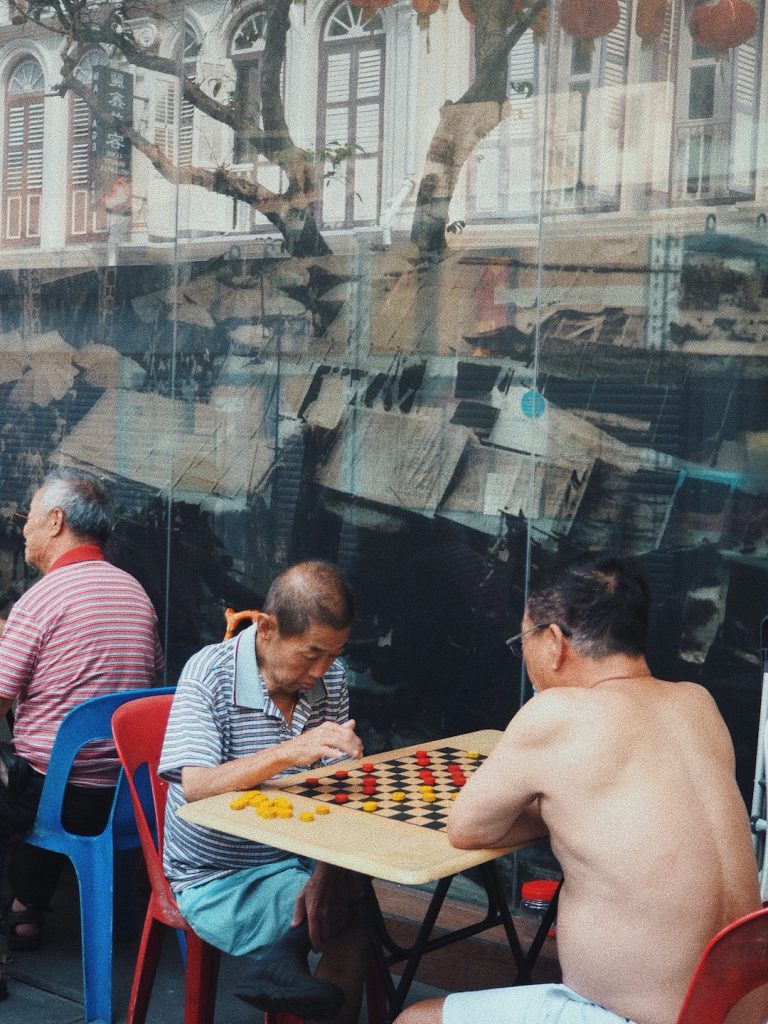
As a GQ article teaching men how to dress in their 60s aptly states, “Never do you want to wear anything too baggy. No one wants to look like a crumpled mess, so keep in touch with your tailor—properly fitted clothing will shave years off you.”
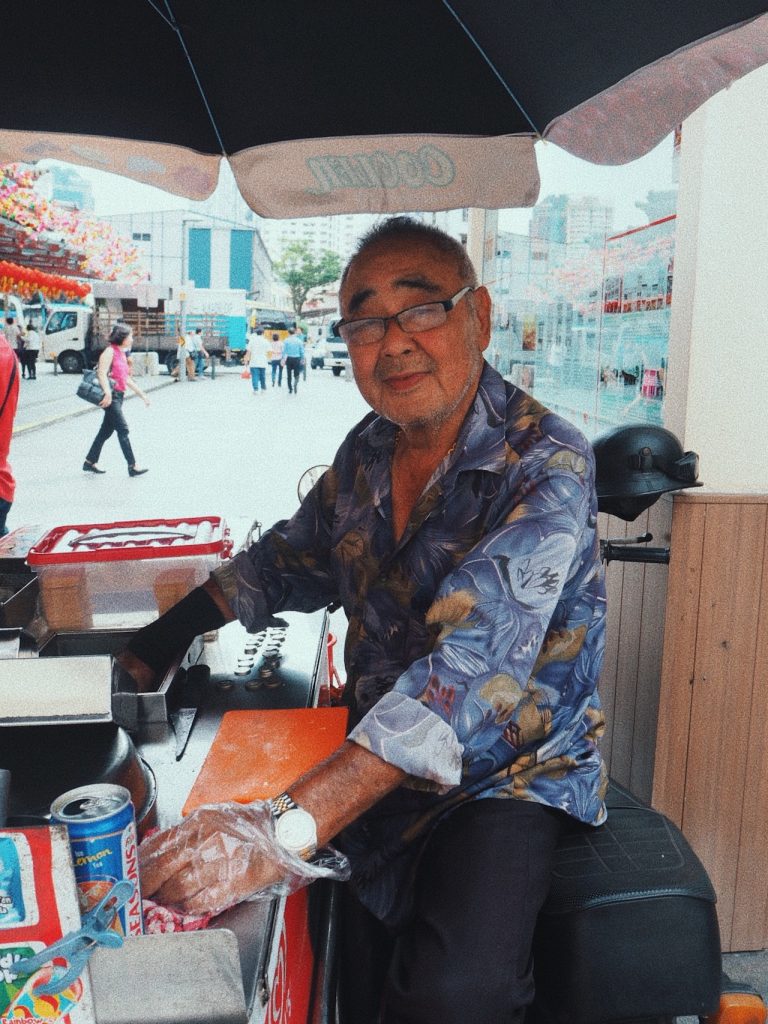
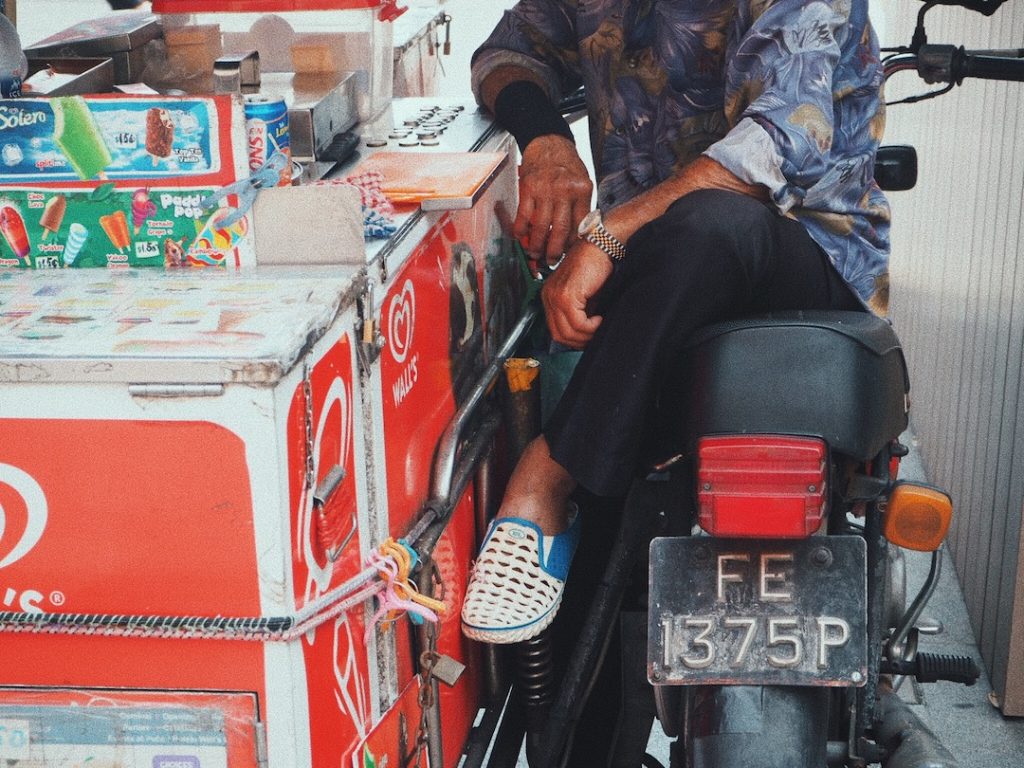
It was a humid afternoon and I’d sought shelter in the Chinatown Complex Food Centre, woozy from the heat. There, I encountered several ah peks in collared shirts, casually unbuttoned at the top and untucked from their pants. I asked why they chose to wear those shirts, and if they had anymore at home.
All of them also looked at me mildly perplexed, not fully registering why I broached those questions in the first place. They hadn’t thought their choice of clothes was anything exceptionally noteworthy.
I informed them that I found it interesting they wore the same type of shirt as every other ah pek, even though they might all be strangers.
Eventually, I discovered that their shirts were purchased long ago from shops that have since closed down, that they chose to wear this type of shirt because it’s cooling.
And yes, they do also have more pieces at home.


Quintessential grandpa fashion is all about comfort and convenience. For the true ah pek, it’s not whether the red and blue motifs on his shirt match his shoes. All he needs to know is whether his shirt’s material will help him withstand the 32-degree celsius heat for the eight hours he’s out on the streets.
In hindsight, my own father’s choice of clothing embodied an admirable devil-may-care attitude. While it frustrated me that he didn’t understand the world rewards those who show up and look the part, his lack of fashion sense also taught me to care less about what others thought of my superficial appearance.
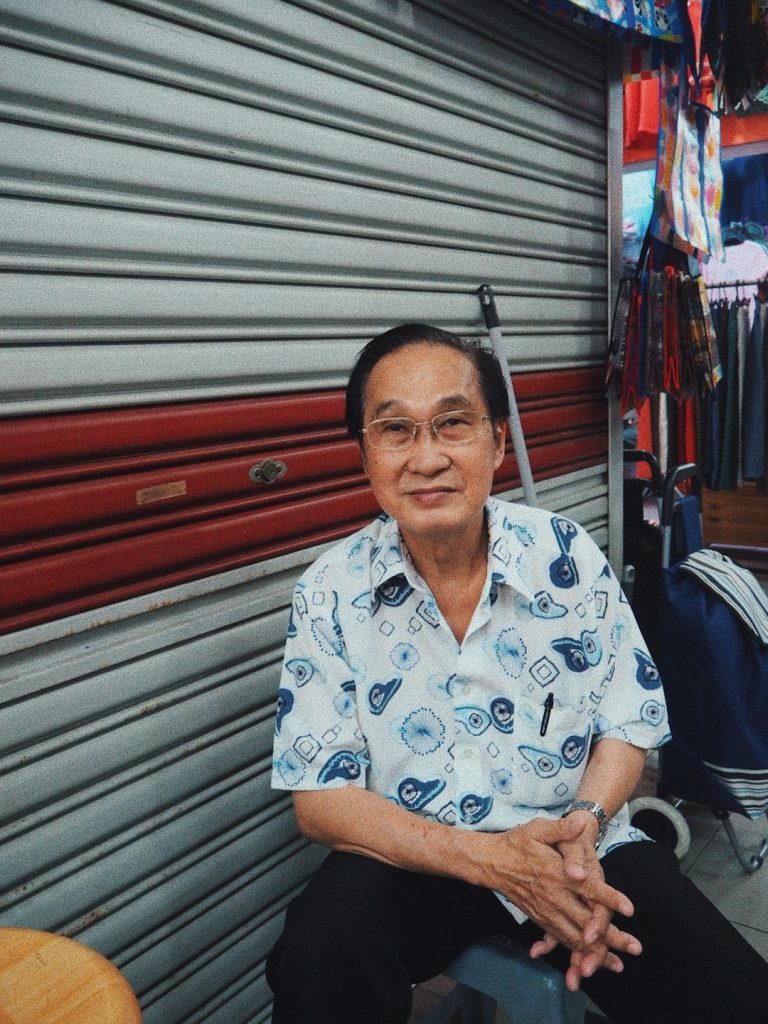
I can think of nothing more liberating.

